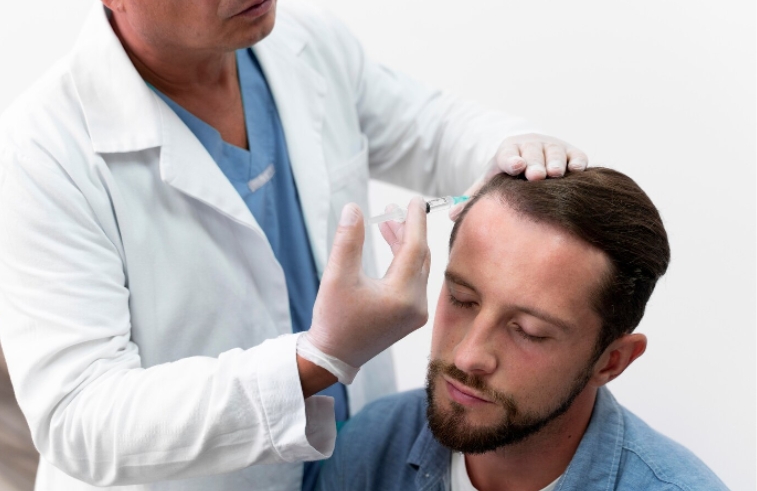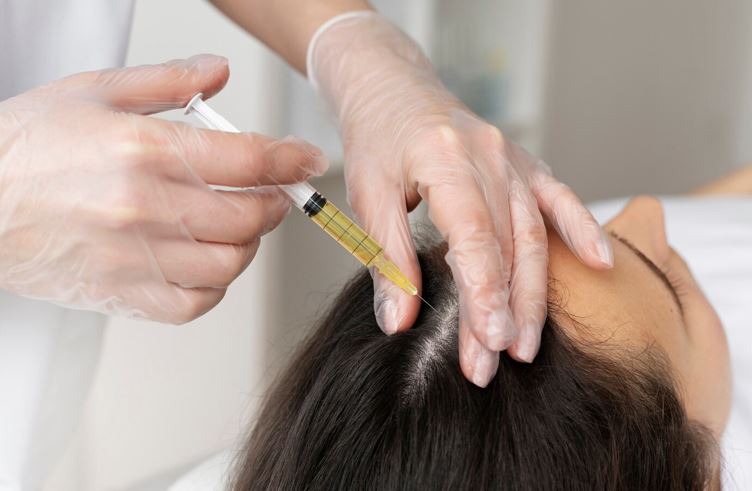Hair loss affects a significant number of people, and for many, it can be distressing and emotionally taxing. While there are various treatments available, a hair transplant offers a long-term solution for restoring a fuller, natural-looking hairline. However, not everyone is an ideal candidate for this procedure. If you’re exploring your options for a Toowoomba hair transplant, understanding whether you’re suitable for surgery is the first step.
In this article, we will explore the key criteria that make someone a good candidate for a hair transplant, why it’s important to have realistic expectations, and how you can begin your journey towards hair restoration. If you’re seriously considering this solution, you may want to visit this website of a reputable Toowoomba hair clinic to learn more about your options.
Understanding Hair Transplant Surgery
Hair transplant surgery is a cosmetic procedure designed to move hair follicles from a donor area—usually the back or sides of the scalp—to an area where thinning or balding has occurred. The two most commonly used techniques are:
- FUE (Follicular Unit Extraction): Individual follicles are harvested and implanted into the balding area.

- FUT (Follicular Unit Transplantation): A strip of scalp is removed and dissected into grafts.
Both methods aim to provide natural-looking results with minimal scarring, and are available in modern Toowoomba hair transplant clinics.
Who Is a Good Candidate for Hair Transplant?
Not everyone experiencing hair loss is suited for a hair transplant. Several factors determine whether you’re an ideal candidate for this procedure. Below are the most important ones to consider.
Extent and Pattern of Hair Loss
Hair transplants are best suited for individuals with established hair loss patterns. Male and female pattern baldness are predictable and progressive, which helps surgeons determine the best areas for transplant and long-term planning. If you are in the early stages of hair loss, it might be better to monitor progression or consider non-surgical treatments first.
Adequate Donor Hair Supply
A critical factor in transplant success is the availability of healthy donor hair—usually located at the back and sides of the scalp. These areas are typically resistant to the hormone DHT (which causes male pattern baldness). If your donor area is sparse or has miniaturised hairs, you may not be eligible for a transplant or may require multiple sessions to achieve your desired results.
Stable Hair Loss
Ideal candidates have stable hair loss, meaning their rate of shedding has slowed or plateaued. Performing surgery while hair loss is still progressing rapidly can lead to uneven results in the future. Clinics in Toowoomba often recommend stabilising hair loss through medications like finasteride or minoxidil before undergoing surgery.
Good General Health
Hair transplant surgery is a minor surgical procedure, but like any operation, it requires you to be in good health. Chronic conditions such as uncontrolled diabetes, autoimmune disorders, or clotting issues may affect your eligibility. A full medical history will be reviewed by your surgeon before confirming your suitability.
Realistic Expectations
Understanding what a hair transplant can and cannot do is crucial. While the procedure can restore density and reshape your hairline, it won’t return you to the full head of hair you had in your teens. Candidates with a healthy mindset and clear goals are far more satisfied with their outcomes. Most Toowoomba hair transplant specialists will show you before-and-after images of past patients to set clear expectations.
Age and Maturity
Although there is no official age limit, most surgeons prefer patients to be at least in their mid-20s. This is because hair loss patterns become clearer with age. Performing surgery too early might lead to unpredictable results as hair loss continues. That said, some younger patients with aggressive hair loss and strong family history may still be considered.
Scalp Elasticity and Skin Health
Elasticity of the scalp is another physical factor. In FUT procedures, sufficient scalp laxity is required to remove a strip without excessive tension. Additionally, candidates with healthy skin, free from conditions such as psoriasis or dermatitis in the donor or recipient areas, tend to have better outcomes.
Psychological Readiness
Hair restoration can be a life-changing decision, but it’s essential to ensure you’re doing it for the right reasons. It’s not a quick fix for self-esteem issues or a way to impress others. A good candidate understands the commitment involved, the healing process, and the time it takes to see full results (usually 6 to 12 months).
What Happens During Your Consultation
If you think you may be a good candidate, the next step is to schedule a consultation with a reputable Toowoomba hair transplant specialist. During this consultation, the following will be assessed:
- Extent and type of hair loss
- Donor area availability
- Scalp condition and elasticity
- Medical history and current medications
- Your goals and expectations
Digital imaging and scalp analysis tools may be used to help visualise potential results. If you’re interested in moving forward, you can visit this website of your chosen clinic to arrange a face-to-face or virtual assessment.
Other Considerations
If you’re not yet a good candidate for surgery, don’t lose hope. Many patients benefit from:
- PRP Therapy (Platelet-Rich Plasma): To strengthen existing hair

- Topical treatments: Like minoxidil to delay further loss
- Lifestyle changes: Including better nutrition and stress management
These can sometimes improve the condition of your hair and make you eligible for surgery in the future.
Conclusion
Being a good candidate for a Toowoomba hair transplant involves more than just wanting fuller hair. It requires the right physical conditions, realistic expectations, and a commitment to long-term results. If you meet the criteria outlined in this guide, a hair transplant can offer a natural and permanent solution to hair loss.
To begin your journey, consult with a certified local clinic and visit this website to explore available options, treatment plans, and patient reviews. Taking the first step with the right knowledge ensures you’re prepared for a successful outcome.
